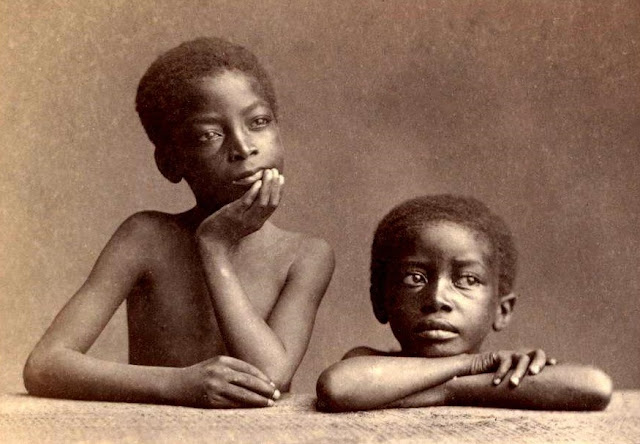How A Free Black Ohio Community Dealt With Slave Traitors
How A Free Black Ohio Community Dealt With Slave Traitors
Heaven had its Lucifer.
The Jews had their Judas.
America had Benedict Arnold.
And Rome had its Brutus.
Every community across the world, every movement in all ages, has had its share of traitors - members of the community who are determined to derail the progress of the people for their own personal gain. Here is a true and remarkable story about how one such fiend was dealt a taste of his own medicine.
 |
| Portrait of Laura Haviland From her book A Woman's Life Work (1881) |
Jack's "master" gave Robert ten dollars to lure Jack to the wharf at a time when many people were dining comfortably at the local restaurants. Then, the master and his Kentucky 'friends' took it from there. On the pretext of Jack being a rogue thief, they slapped handcuffs on poor Jack in the full view of the public.
The more Jack protested, denying the charge, the louder they cried, "thief! thief!"
In a matter of minutes, Jack was on a ferry destined for the Deep South. His friends petitioned a lawyer for counsel, but learned that nothing could be done to retrieve Jack after he had crossed Kentucky lines.
Upon learning that they would never see their dear friend again, they turned their anger towards the one who was responsible for the whole debacle.
For this cause, they enlisted the help of Laura Haviland, then a teacher of Black girls at the local Baptist church. Laura wrote that these men told her they were ready to tar-and-feather Robert the next time that they saw him.
They said Robert did not dare come into Cincinnati, fearing that justice would be dealt out in tar and feathers by the colored people...I advised them not to take the law of tar and feathers, as they had indicated, in their own hands.
 |
| 'The Bostonians Paying the Excise-Man, or Tarring & Feathering' by Philip Dawe, October 31, 1774 (Source: Metropolitan Museum of Art) |
The method of torture described here is one that goes back to the colonial period of American history.
At that time, when sentiments were highest in the thirteen colonies against the British monarchy, revolutionaries most notoriously demonstrated their hatred of loyalists by pouring hot, sticky tar over their bodies and smattering them with a bucket-load of feathers.
After much deliberation, Laura was able to steer the passions of Jack's friends in a different direction. She came up with an ingenious plan to turn the master and his posse against Robert. This plan would also bring an end to his treacherous ways forever.
Laura's plan was as follows.
She would write a notice warning the public that Robert was an unprincipled individual who was just as willing to help a slave to freedom for the same price that he sells them to slaveholders. This, of course, was true and Jack's friends agreed that it was worth a shot.
 |
| The inscription on Laura's cards |
That notice was printed by Jack's friends on 200 10 by 12-inch cards which Laura distributed herself, leaving 'one or two in every yard' when she was sure no one was watching her.
The following day report gave an account of the evening's excitement in Covington. A company of slave-holders met to consult over this placard, and the conclusion was reached to give Bob Russel until nine o'clock the following morning to leave the State or take the consequences. Two slaves had left them within a couple of months, and they charged him with taking them over the river. Some of the more excitable were for hauling him out of bed at the close of their meeting (ten o'clock), and dealing summary vengeance for their recent losses, but as he pledged himself to leave their State the next morning never to return, they left him to his own uncomfortable reflections.
Needless to say, there was not another 'Judas' to be seen in Covington for many years.
Source: A woman's life work: including thirty years' service on the underground railroad and in the war (1881) by Laura S. Haviland via the University of California Libraries/Internet Archive



Comments
Post a Comment